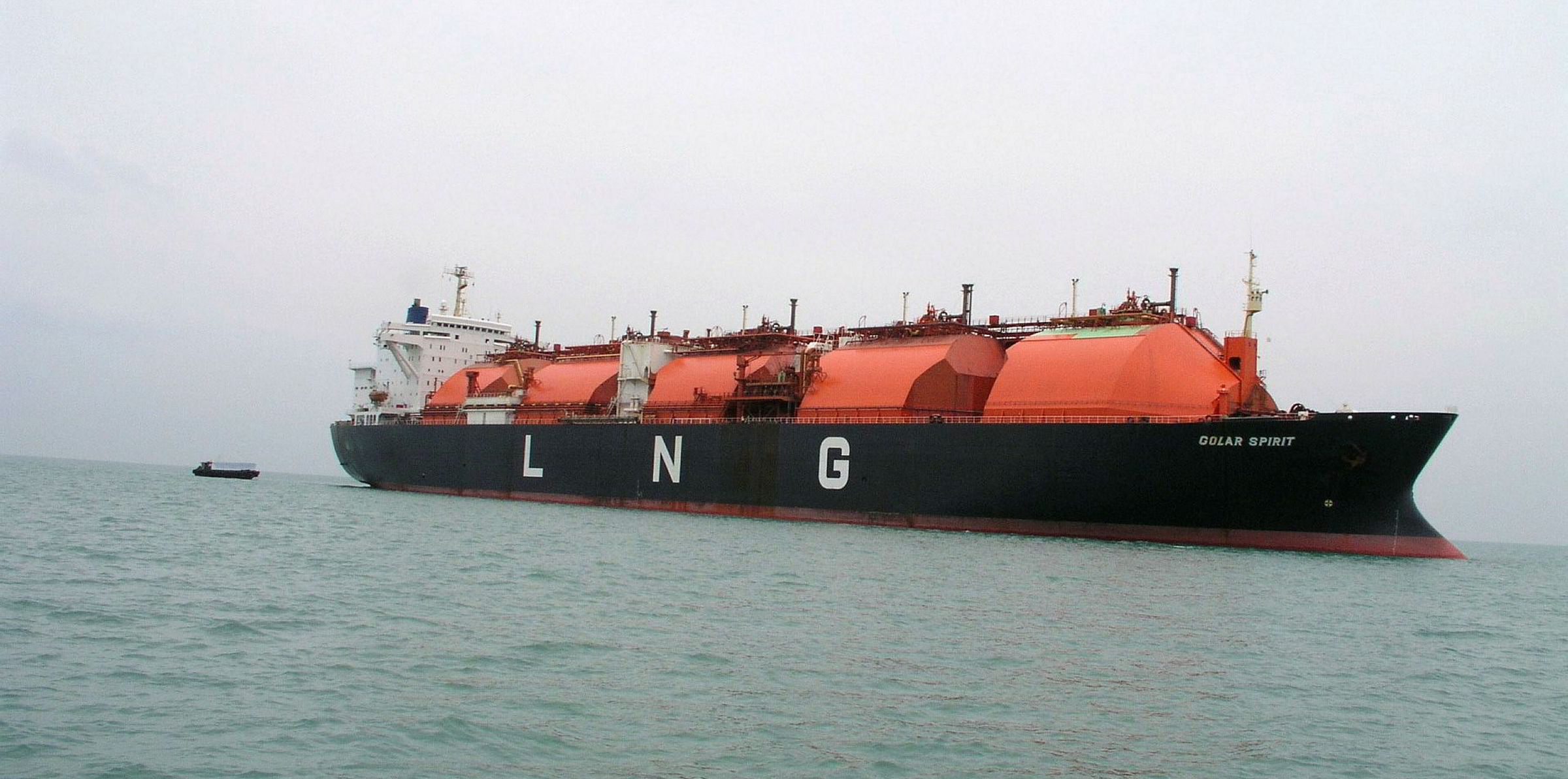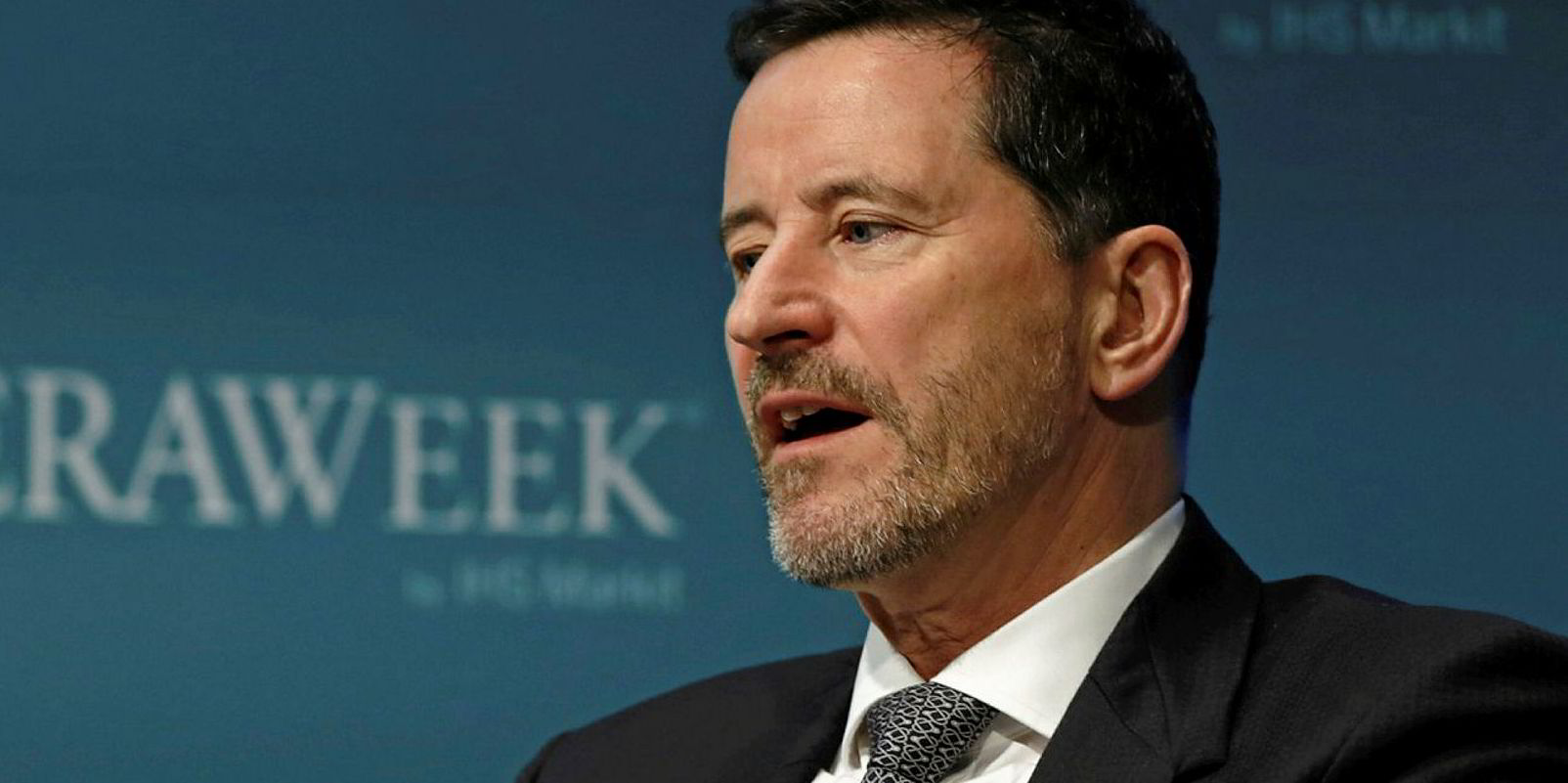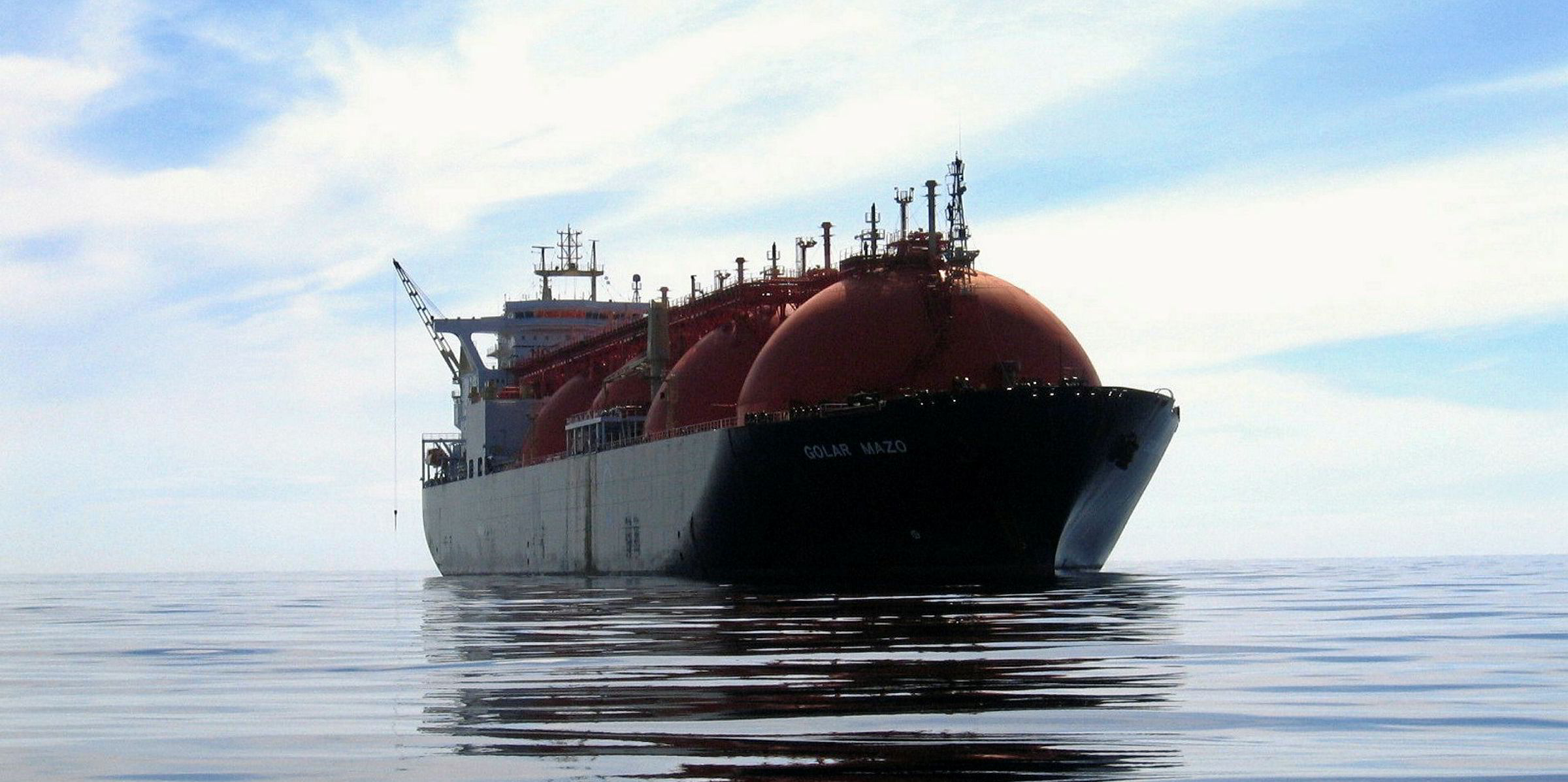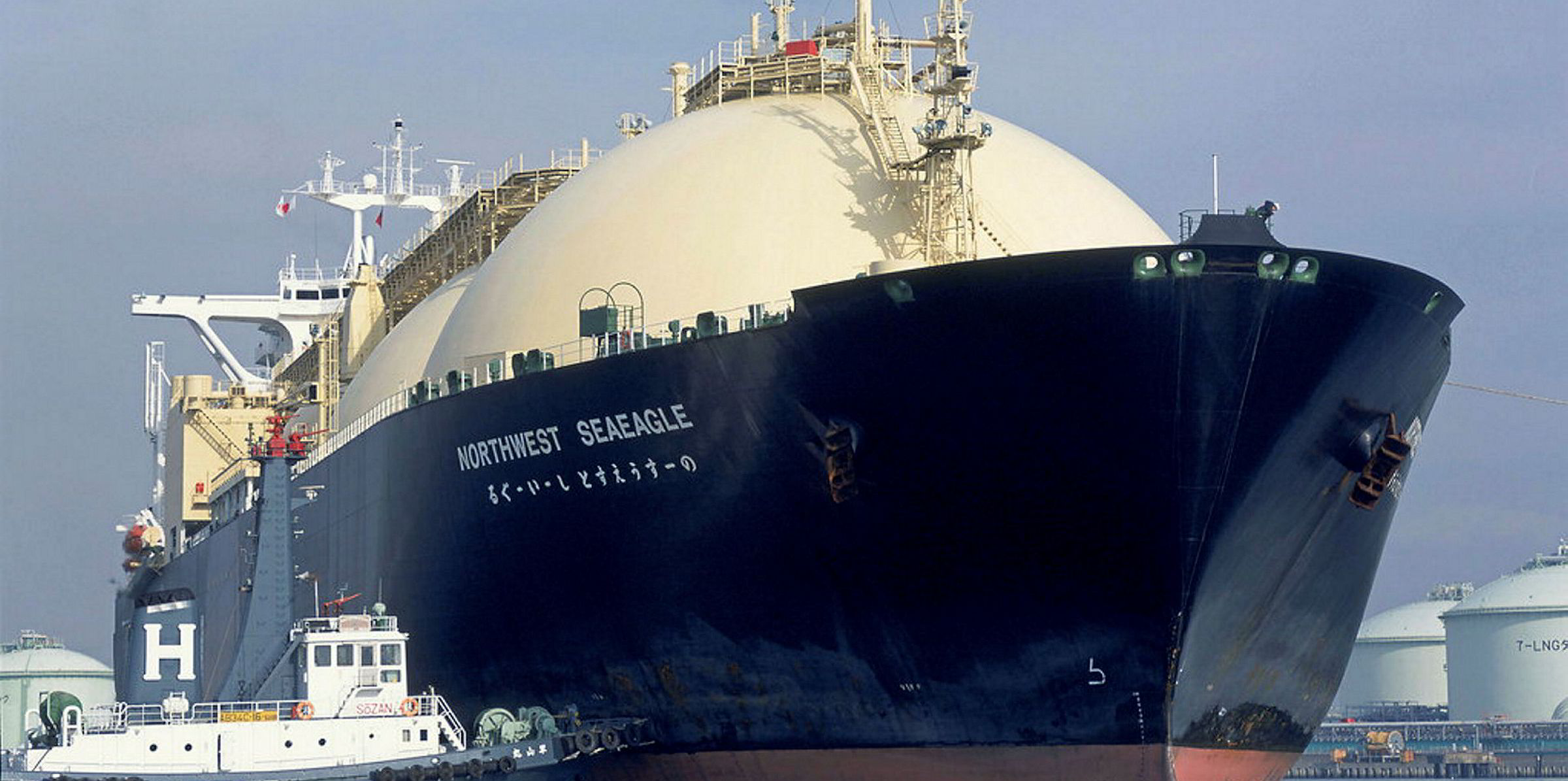US-listed Golar LNG Partners is looking into the parcelling capacity of its floating storage and regasification units in an effort to boost returns
Speaking on an interim results call, chief executive Karl Staubo said that under this strategy the company would aim to secure one off-taker for base LNG demand that would cover the operational expenses of the unit, while not meeting its full capacity.
“Once an initial client is secured, we would then look to tie up their local off-takers for incremental regas demand,” he said.
The company would charge users a tolling fee of dollars per MMBtu regasified, he said.
“We believe parcelling regas demand and charging tolling fees can generate significantly higher returns than standard FSRU chartering arrangements," he added.
Staubo said this approach would be in addition to the normal way of participating in tenders and renting out the full capacity of the FSRUs.
Hunting with a bazooka
The executive referred to “frontier markets” where this model of FSRU could have a cheaper cost due to its lower capacity.
He said putting an FSRU newbuilding into one of these would be “a bit like, going hunting with a bazooka”.
Staubo likened the approach to what sister company Golar Power is doing with its assets under what that company calls its hub solution.
“We are looking to work with the Golar Power team to develop tolling-based arrangements for our fleet in global locations in addition to participating in normal FSRU tendering activity once the existing portfolio rolls off their existing charters,” he said.
“I think Golar Power views some of the FSRUs of the MLP as part of the broadened toolbox that they have, where they expand beyond Brazil.”
On Thursday, Golar LNG said its Golar Power joint venture is looking at expanding its business internationally and is looking at 15 new markets.
But Staubo said the company would not be competing with Golar Power.
Asked about the company’s FSRU Golar Spirit (built 1981), Staubo said it has been idle for two years and would cost about $10m to reactivate.
He said the company could utilise the vessel either as an FSRU or under its hub and spoke model.
“Due to the current favorable LNG market dynamics, there are people approaching us with an interest in Spirit,” he said, adding that it is a matter of picking the right project that justifies the reactivation cost and ensuring the company gets paid.
He said the company’s laid-up 135,000-cbm LNG carrier Golar Mazo (built 2000) is being actively marketed as a floating storage unit. But he said opportunities could also include the sale of the vessel.
He said the company is “fond” of what New Fortress Energy is doing and said its requirements for FSRUs and floating storage units could be interesting for the Golar Spirit and Golar Mazo.
Inflection point
Staubo acknowledged that there has been an oversupply of FSRUs due to the delivery of speculatively ordered vessels but he said the market is getting close to an inflection point.
“We think there will be a massive ramp up in FSRU contract awards,” he added.
Golar LNG moved back into the black for the second quarter with a net income of $14.3m compared to a $33.1m loss in the same period of last year. But the company logged a loss of $18.9m in the first half, slightly up on the $18.5m loss logged in its 2019 interim figures.
Revenues for the second quarter inched up to $72.1m from $69.8m last year.
Staubo said the contribution from the company’s FSRU Golar Igloo (built 2014) which returned to service after maintenance work was completed. He said a fleet-wide deferral of maintenance work as a result of Covid-related challenges also helped cut operating expenses.
Golar also secured a multi-month charter for its 146,000-cbm steam turbine LNG carrier Golar Maria (built 2006) during the quarter.
The company’s FSRU earnings rose by $6m but operating revenues for LNG carriers were $3m down on the back of the lower rate achieved on the Golar Maria in the second quarter.
Staubo said the company’s focus for the next three to six months is on refinancing its April 2021-maturing $800m debt facility, which it aims to conclude by the end of this year. Proceeds from this will be used to refinance two unsecured bonds.









